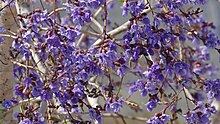
Cyamopsis is a genus of the family Fabaceae. Its species are distributed across Africa, Asia and the Pacific.
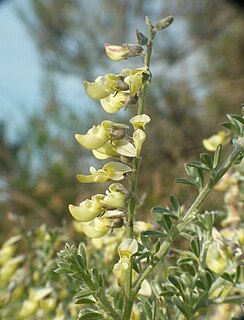
Wiborgia is an genus of plants in the family Fabaceae. It is found in Africa and was named for Erik Viborg by Carl Peter Thunberg.
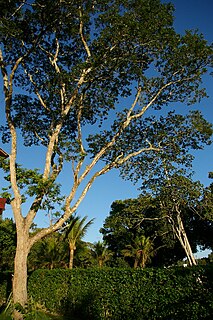
Diplotropis is a genus of trees found in Brazil and parts of northern Argentina.

Camoensia is a genus of 2 species of lianas in the family Fabaceae, subfamily Faboideae, native to the Gulf of Guinea, Africa. C. scandens is cultivated as an ornamental plant; it has one of the largest leguminous flowers, up to 20 cm across. The genus has classically been assigned to the tribe Sophoreae, but was recently assigned to its own monophyletic tribe, Camoensieae, on the basis of molecular phylogenetic evidence. Species of Camoensia are known to produce quinolizidine alkaloids, consistent with their placement in the genistoid clade.
Alexa is a genus of flowering plants. Members of this genus accumulate iminosugars in their leaves.
Angylocalyx is a genus of flowering plants in the family Fabaceae. It contains the following species:

Chapmannia is a genus of legume in the family Fabaceae, and was recently assigned to the informal monophyletic Pterocarpus clade of the Dalbergieae.
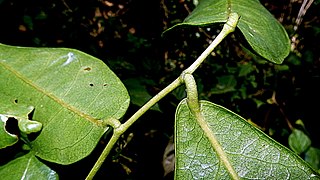
Poecilanthe is a genus of flowering plants in the family Fabaceae.

Leptolobium is a small Neotropical genus of plants in the family Fabaceae, with ten species currently recognized. With the exception of Leptolobium panamense, which occurs in tropical forests from northwestern South America to Mexico, all species of Leptolobium are restricted to South America and most diverse in Brazil. Most Leptolobium species have been traditionally included in AcosmiumSchott (Fabaceae), but both genera have been recently distinguished based on several vegetative and reproductive traits.
Guianodendron praeclarum is a South American legume endemic to the Guiana Shield. It is the only member of the genus Guianodendron. It has been segregated from Acosmium based on its unique combination of vegetative and floral traits, and it is related to Diplotropis.It is the only member of the genus Guianodendron.
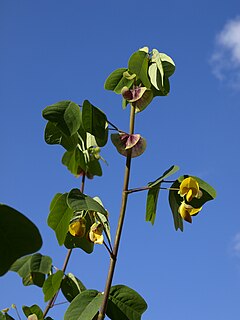
Amicia is a genus of flowering plants in the legume family, Fabaceae, and was recently assigned to the informal monophyletic Adesmia clade. It belongs to the subfamily Faboideae. It is named in honor of the Italian astronomer, mathematician and microscopist Giovanni Battista Amici (1786–1863).

Anagyris is a genus of flowering plants in the family Fabaceae. It belongs to the subfamily Faboideae.
Bobgunnia is a genus of flowering plants in the legume family, Fabaceae. It belongs to the subfamily Faboideae. The genus is named for Charles R. Gunn who was the director of the U.S. National Seed Herbarium for many years before his retirement.

Cadia is a genus of flowering plants in the family Fabaceae. It belongs to the subfamily Faboideae.

Chaetocalyx is a genus of lianas in the legume family, Fabaceae. It belongs to the subfamily Faboideae, and was recently assigned to the informal monophyletic Adesmia clade of the Dalbergieae. Members of this genus are found in Central and South America. Chaetocalyx can be distinguished from most other legumes by its climbing habit, its imparipinnate leaves, and, in most species, by its elongate loments. It can be distinguished from Nissolia, which also has a climbing habit, by the articles of the loments, which are uniform in size in Chaetocalyx, rather than with a terminal, expanded, winglike article as in Nissolia. Unlike most papilionoid legumes, Chaetocalyx species do not form root nodules.
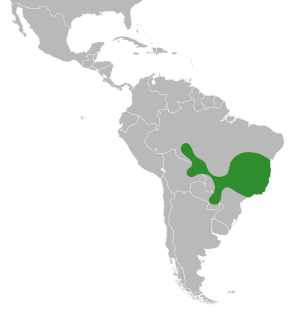
Cyclolobium brasiliense is a species of flowering plants in the legume family, Fabaceae. It belongs to the subfamily Faboideae. It is native to Bolivia, Brazil, and Paraguay and is the only member of the genus Cyclolobium.

Hymenolobium is a genus of flowering plants in the legume family, Fabaceae. It belongs to the subfamily Faboideae. It was formerly assigned to the tribe Dalbergieae, but recent molecular phylogenetic evidence has placed it in a unique clade named the Andira clade.
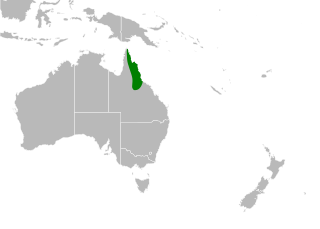
Lamprolobium is a genus of flowering plants in the legume family, Fabaceae. It belongs to the subfamily Faboideae.

Plagiocarpus is a genus of flowering plants in the legume family, Fabaceae. It belongs to the subfamily Faboideae.

Smithia is a genus of flowering plants in the legume family, Fabaceae. It belongs to the subfamily Faboideae, and was recently assigned to the informal monophyletic Dalbergia clade of the Dalbergieae.
